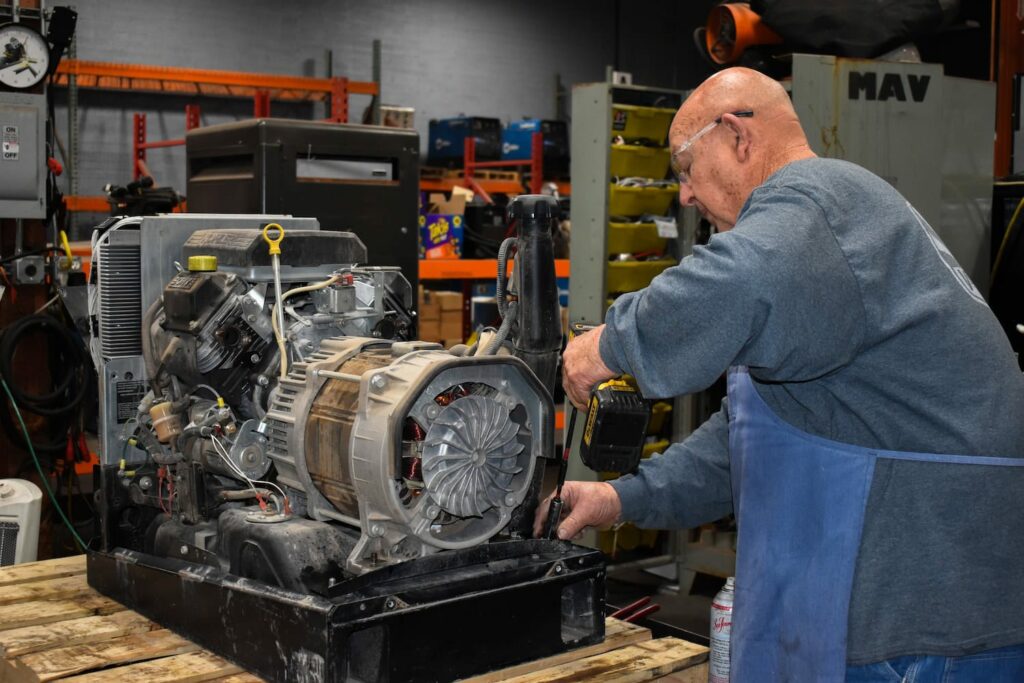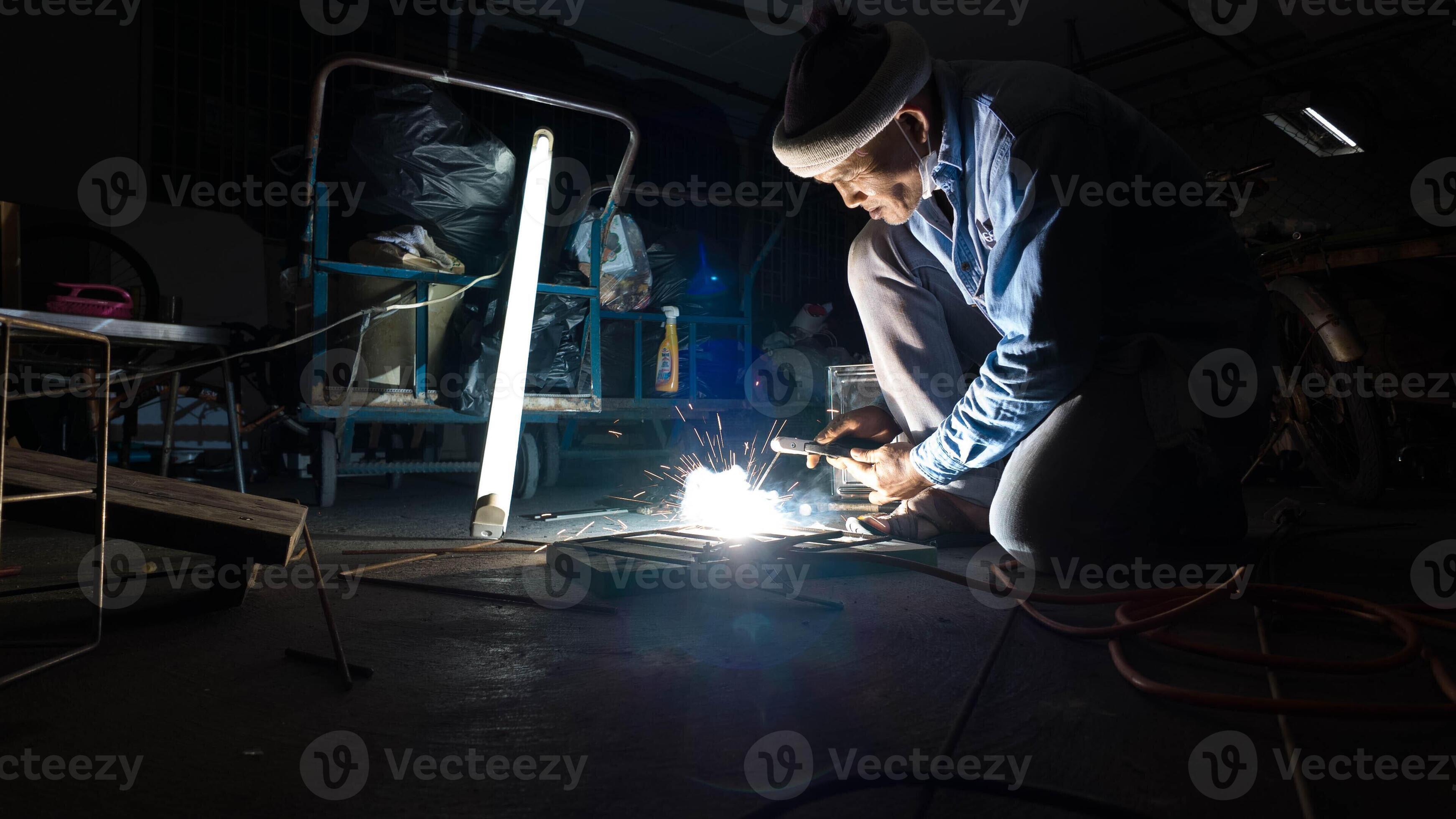Usual Welding Repair Service Issues and Just How to Address Them Efficiently
Welding repair work commonly run into a variety of issues that can jeopardize the honesty of the end product. Common problems consist of inadequate penetration, porosity, and misalignment, amongst others. Each defect offers distinct obstacles that need particular strategies for resolution. Understanding these problems is essential for welders aiming to boost their outcomes and abilities. This discussion will certainly discover these common welding repair issues and reliable techniques to resolve them.
Insufficient Penetration
Poor penetration occurs when the weld metal falls short to completely fuse with the base material, causing weak joints and possible structural failures. This concern frequently originates from inadequate warm input, incorrect electrode angle, or improper welding speed. Welders might come across insufficient penetration as a result of a miscalculation of the necessary parameters for a specific product thickness or kind. Additionally, contamination on the base product's surface area can impede reliable bonding, intensifying the problem. To resolve inadequate infiltration, welders must assure appropriate setups on their devices and keep a clean work surface area. Regular examination of welds is advised to recognize any shortages early, permitting for timely improvements and the avoidance of compromised architectural stability in bonded settings up.
Porosity
Porosity is a typical problem in bonded joints that materializes as small gas bubbles caught within the weld metal. This issue can jeopardize the stability of the weld, bring about decreased stamina and potential failure under anxiety. Montana Mobile Welding and Repair. Porosity typically occurs from contamination, wetness, or inappropriate welding strategies, which allow gases to leave into the molten weld pool. To attend to porosity, welders must ensure appropriate surface preparation, maintain a tidy functioning setting, and utilize suitable welding criteria. In addition, choosing the right filler material and securing gas can mitigate gas entrapment. Regular inspection and screening of welds can aid identify porosity early, ensuring timely rehabilitative actions are taken, thus maintaining the quality and reliability of the welded structure
Misalignment
Misalignment in welding can emerge from different variables, consisting of incorrect configuration and thermal development. Recognizing the source is essential for efficient resolution. Several correction techniques are readily available to realign parts and guarantee architectural stability.
Reasons of Imbalance
Welding misalignment often originates from a range of underlying concerns that can jeopardize architectural integrity. One main cause is inappropriate fit-up of parts prior to welding, which can bring about voids and irregular surfaces. Variants in thermal development during the welding process can likewise result in distortion, particularly if the products being signed up with have various coefficients of expansion. In addition, inadequate clamping and fixturing might stop working to hold elements safely in location, resulting in activity during welding. Poorly kept devices, including welding devices and tools, might present disparities in the weld grain, more adding to imbalance. Finally, operator mistake, stemming from insufficient training or experience, can additionally play a considerable function in developing misaligned welds.
Adjustment Techniques Readily Available
Attending to imbalance successfully requires a combination of restorative methods tailored to the particular issues handy. One usual approach is using jigs or fixtures to hold parts in the proper setting during welding, making sure constant alignment. Additionally, preheating the products can help in reducing distortion and boost fit-up. For substantial imbalance, mechanical realignment strategies, such as using hydraulic jacks or clamps, can be utilized to fix the placement prior to welding. Post-weld heat treatment might also be necessary to relieve tensions brought on by imbalance. Lastly, cautious inspection and adjustment throughout the configuration stage can prevent imbalance issues from becoming considerable troubles, advertising a smoother welding process and improving general structural integrity.
Distortion
Distortion is a typical challenge in welding that can occur from different variables, consisting of irregular home heating and air conditioning. Understanding the causes of distortion is necessary for implementing efficient prevention methods. Addressing this concern not just enhances architectural integrity yet likewise improves the overall top quality of the weld.
Sources of Distortion
When subjected to the intense warm of welding, products commonly undertake changes that can result in distortion. This phenomenon mostly occurs from thermal growth and contraction during the welding process. As the weld area warms up, the material broadens; upon cooling, it acquires, which can produce inner stresses. Furthermore, irregular home heating across a work surface can exacerbate these stresses, resulting in bending or flexing. The kind of product additionally plays a considerable role; steels with varying thermal conductivity and coefficients of development might respond in different ways, leading to unpredictable distortions. Additionally, bad joint design and insufficient fixturing can add to imbalance throughout welding, boosting the probability of distortion. Comprehending these reasons is vital for effective welding repair service and prevention approaches.
Prevention Techniques
Effective avoidance strategies for distortion during welding concentrate on controlling heat input and making certain proper joint layout. Maintaining a consistent heat input assists to minimize thermal development and tightening, which can lead to distortion. Utilizing methods Visit Your URL such as pre-heating the work surface can additionally lower the temperature slope, promoting consistent heating. Additionally, choosing ideal joint designs, such as T-joints or lap joints, can improve stability and decrease anxiety focus. Carrying out appropriate fixturing to safeguard the workpieces in location further aids in preserving positioning during the welding process. Staggered welding sequences can disperse heat extra uniformly, protecting against localized distortion. By applying these strategies, welders can greatly decrease the probability of distortion and enhance the general quality of their welds.
Splitting
Breaking is a typical concern come across in welding repair work, commonly resulting from numerous variables such as improper cooling prices, product selection, or poor joint prep work. The occurrence of fractures can considerably jeopardize the honesty of the weld, resulting in possible failings during procedure. To resolve this issue, welders need to first evaluate the origin, making sure that products work and appropriately selected for the specific application. In addition, regulating the cooling price during the welding process is necessary; fast cooling can generate stress and anxiety and lead to splitting. Correct joint layout and prep work also add to lessening the risk. Executing these methods can improve weld top quality and sturdiness, inevitably decreasing the possibility of fracturing in completed weldments.

Insufficient Combination
A substantial issue in welding fixings is insufficient fusion, which takes place when the weld metal does not effectively bond with the base material or previous weld passes - Montana Mobile Welding and Repair Belgrade. This problem can cause weaknesses in the joint, possibly jeopardizing the stability of the welded structure. Elements adding to incomplete combination consist of not enough warmth input, inappropriate welding technique, and contamination of the surface areas being signed up with. To resolve this problem properly, welders must assure appropriate pre-weld cleansing and surface area prep work, as well as adjust their welding criteria to accomplish ample penetration and blend. Normal evaluation throughout the welding procedure can likewise assist identify insufficient blend early, enabling timely restorative actions to enhance the overall quality of the weld
Overheating
While welding repair work can improve architectural honesty, overheating offers a considerable obstacle that can bring about material destruction. Extreme warmth throughout welding can modify the mechanical homes of metals, resulting in minimized stamina, enhanced brittleness, and warping. This sensation is specifically critical in high-stress applications where architectural dependability is critical. Recognizing getting too hot can involve visual evaluations for staining or distortion, as well as keeping track of temperature level during the welding procedure. To minimize the risks connected with overheating, welders ought to utilize ideal methods, such as managing warmth input, changing travel speed, and using ideal filler oxy acetylene products. Furthermore, carrying out pre- and post-weld warm treatments can assist restore material properties and boost the general quality of the repair, guaranteeing long-lasting efficiency and safety and security.
Frequently Asked Concerns
What Are the Common Indicators of a Welding Defect?

How Can I Examine My Welds for Top quality?
To test welds for quality, one can use aesthetic evaluations, ultrasonic screening, and radiographic approaches. Each method guarantees architectural integrity, identifies flaws, and confirms adherence to defined standards, ultimately enhancing the dependability of the bonded joints.
What Security Preventative Measures Should I Take While Welding?
When welding, one need to focus on security by using appropriate individual safety equipment, inverter welder ensuring proper air flow, securing combustible products away, preserving a tidy work area, and understanding surroundings to avoid injuries and crashes.
Can I Repair a Weld Without Renovating the Entire Joint?
Fixing a weld without redesigning the entire joint is feasible, relying on the damages (Montana Mobile Welding and Repair Fabrication). Strategies such as grinding, adding filler product, or utilizing a welding process can effectively deal with certain problems while preserving the surrounding structure
What Devices Are Necessary for Effective Welding Repair Works?
Vital tools for efficient welding repair services consist of a welding device, cable brush, mill, safety equipment, clamps, and filler products. Each tool plays an essential duty in guaranteeing high quality and safety during the repair procedure. Porosity commonly occurs from contamination, dampness, or incorrect welding methods, which allow gases to run away right into the liquified weld pool. Inadequately maintained devices, consisting of welding machines and tools, might present incongruities in the weld bead, further contributing to imbalance. When subjected to the intense warmth of welding, materials often go through changes that can lead to distortion. Splitting is an usual issue come across in welding repair services, usually resulting from different elements such as incorrect cooling prices, material option, or poor joint prep work. A considerable issue in welding repair work is insufficient combination, which happens when the weld steel does not adequately bond with the base product or previous weld passes.